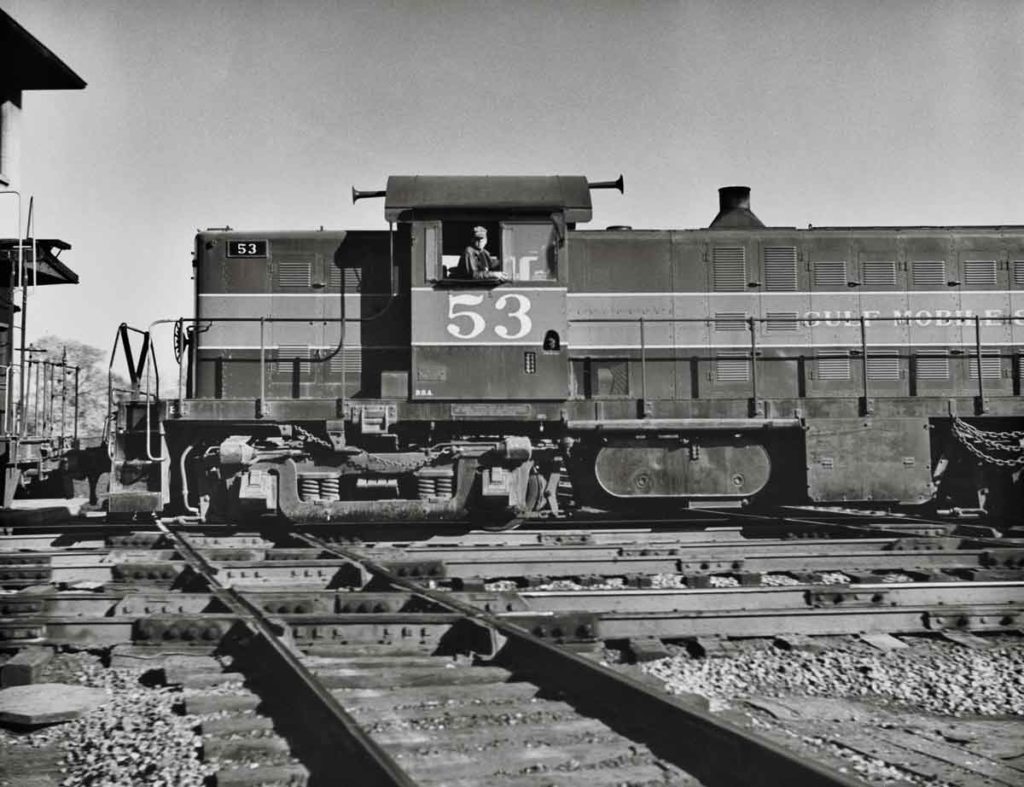
The engineer of a Gulf, Mobile & Ohio RS1 eyes the photographer as his locomotive clatters across the Rock Island diamonds at Joliet, Ill., in 1951. The Alco and a caboose are bound for GM&O’s South Joliet yard. Wallace W. Abbey photo […]
Read More…
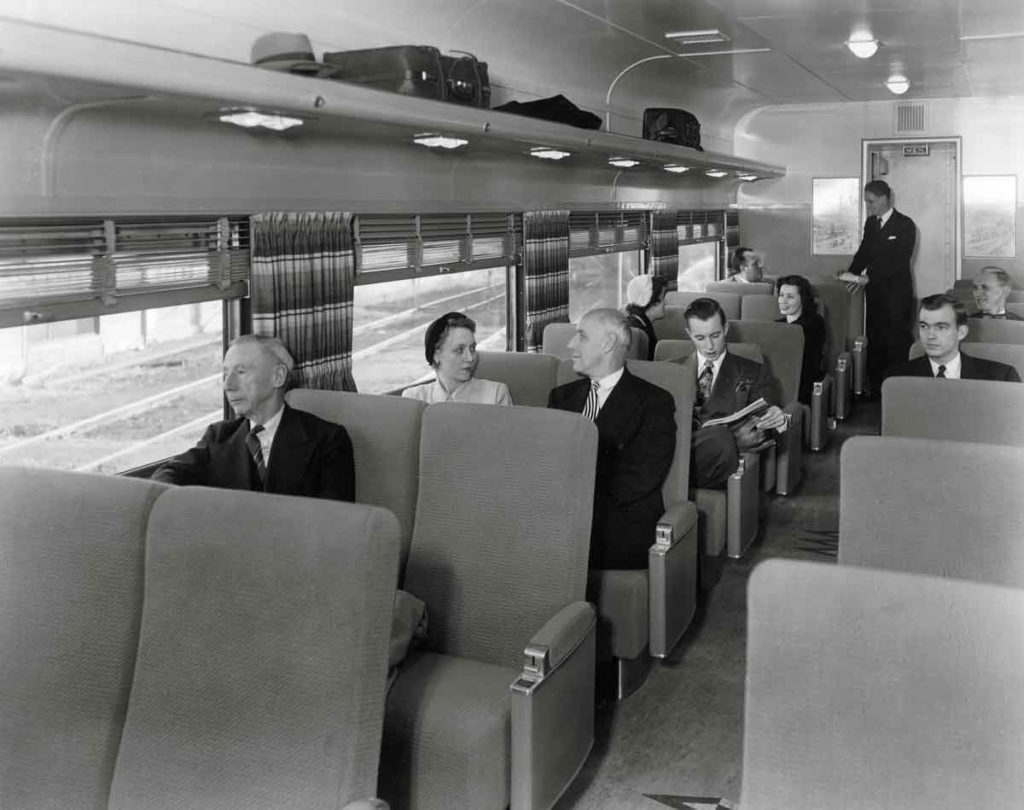
The 1951 edition of Great Northern’s flagship train, which the road called the Mid-Century Empire Builder at the time, included a 60-seat coach for short-haul passengers. GN photo […]
Read More…
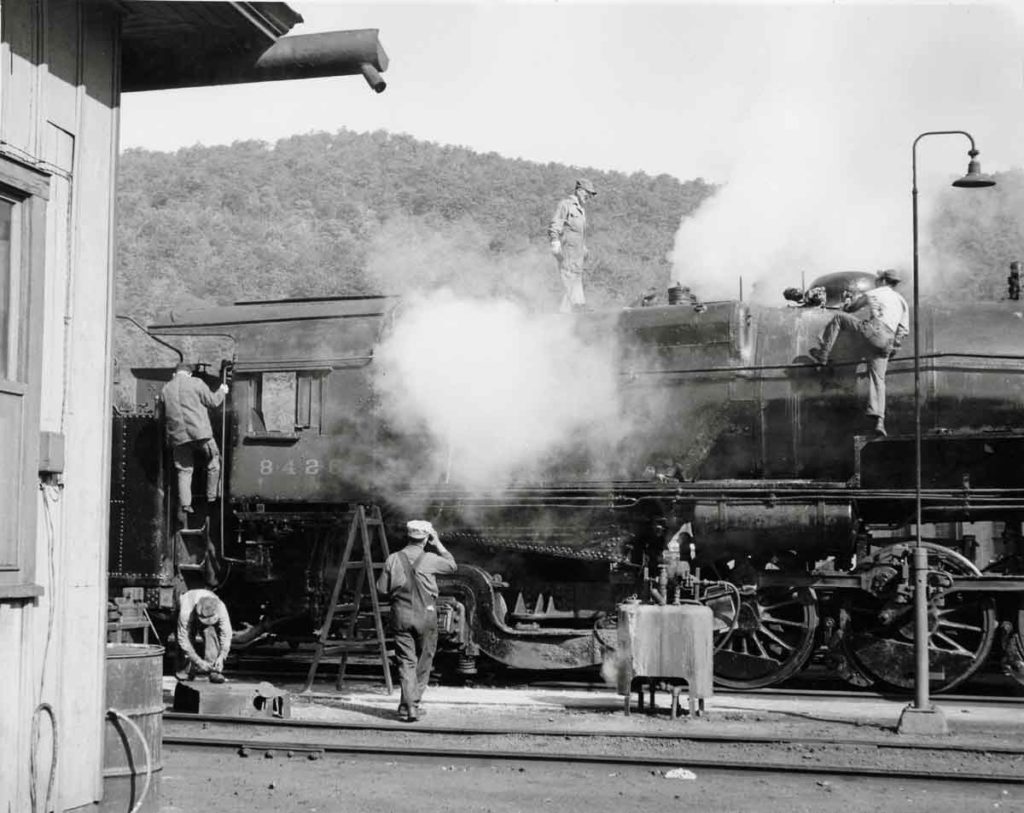
In September 1955, workers at the Pennsylvania Railroad’s Renovo (Pa.) engine terminal prepare L1s 2-8-2 No. 8426 for service as a stationary steam supply at the road’s giant Sunnyside Yard in New York City. The Mike has been converted to oil-firing for this duty, most likely its last assignment. Philip R. Hastings photo […]
Read More…
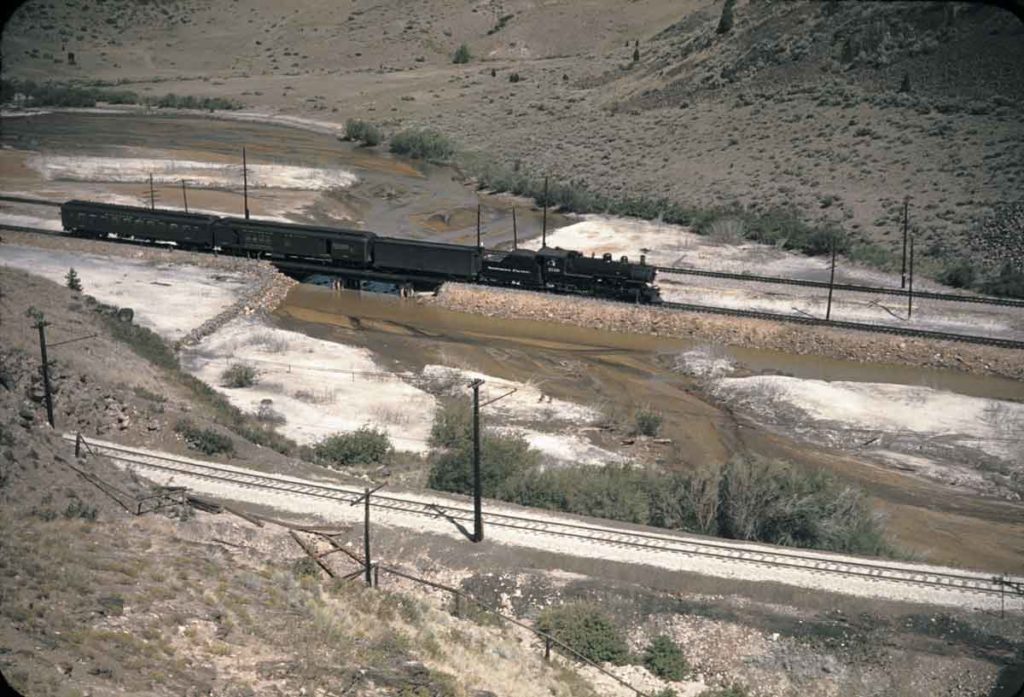
Pacific 2119 leads Northern Pacific train 288 east in Silver Bow Canyon, a dozen miles west of Butte, Mont., in the late 1940s. Linn H. Westcott photo […]
Read More…
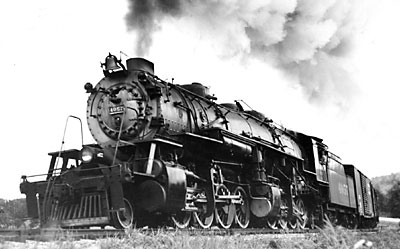
A scant three years after Alco introduced the Mallet to America (with the delivery of B&O’s sole 0-6-6-0 in 1904), the Erie took delivery of three camelback 0-8-8-0 Mallets – the first eight-coupled Mallets, also built by Alco – and put them to work as helpers on Gulf Summit in New York state. In 1909, […]
Read More…
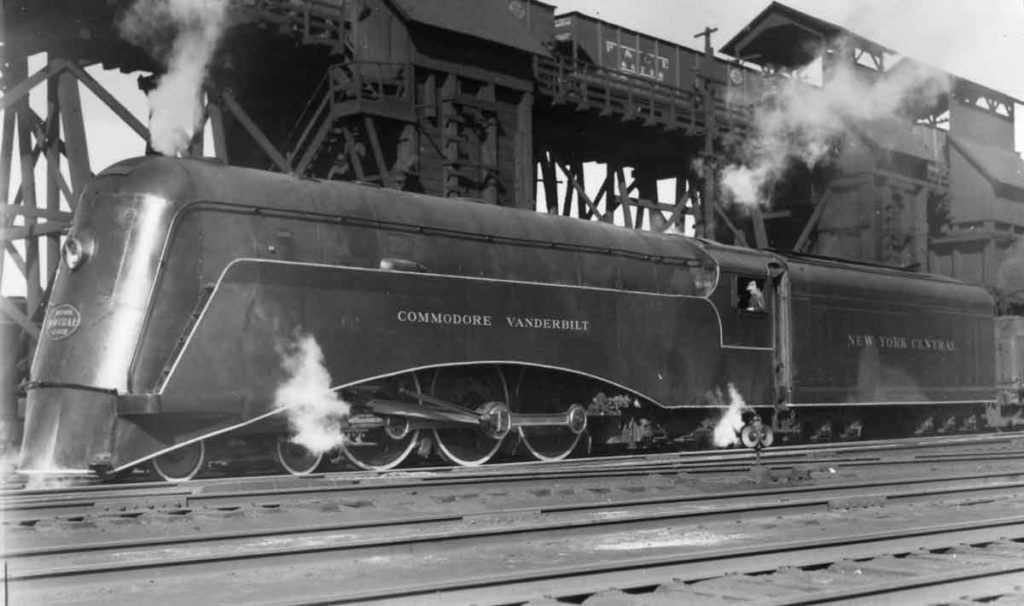
New York Central class J-1e 4-6-4 No. 5344 received sheet-metal shrouding in 1934, making it the first streamlined steam locomotive in America. Carl F. Kantola of NYC’s equipment engineering department created the design. The Hudson was named Commodore Vanderbilt after the NYC’s famous early leader, but initially displayed no road number. Glenn Grabill photo […]
Read More…
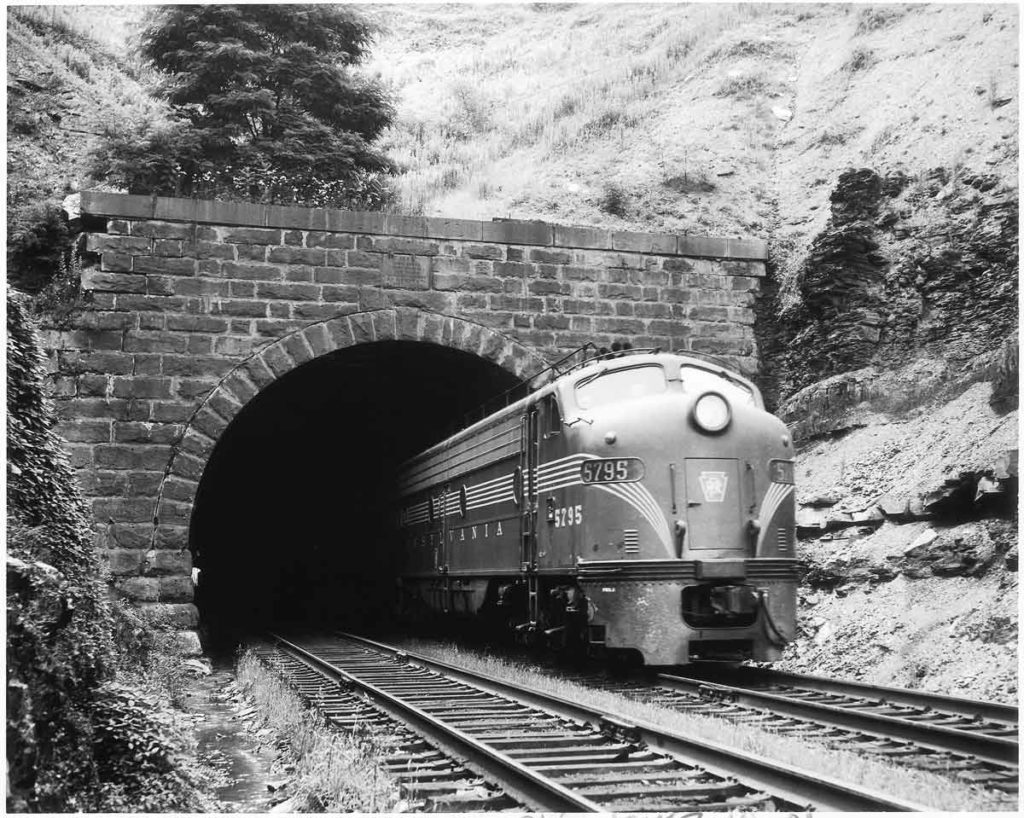
Pennsylvania Railroad E8 No. 5795 leads train 32, the New York–bound St. Louisan, out of one of the twin tunnels at Spruce Creek, Pa., in the mid-1950s. Don Wood photo […]
Read More…
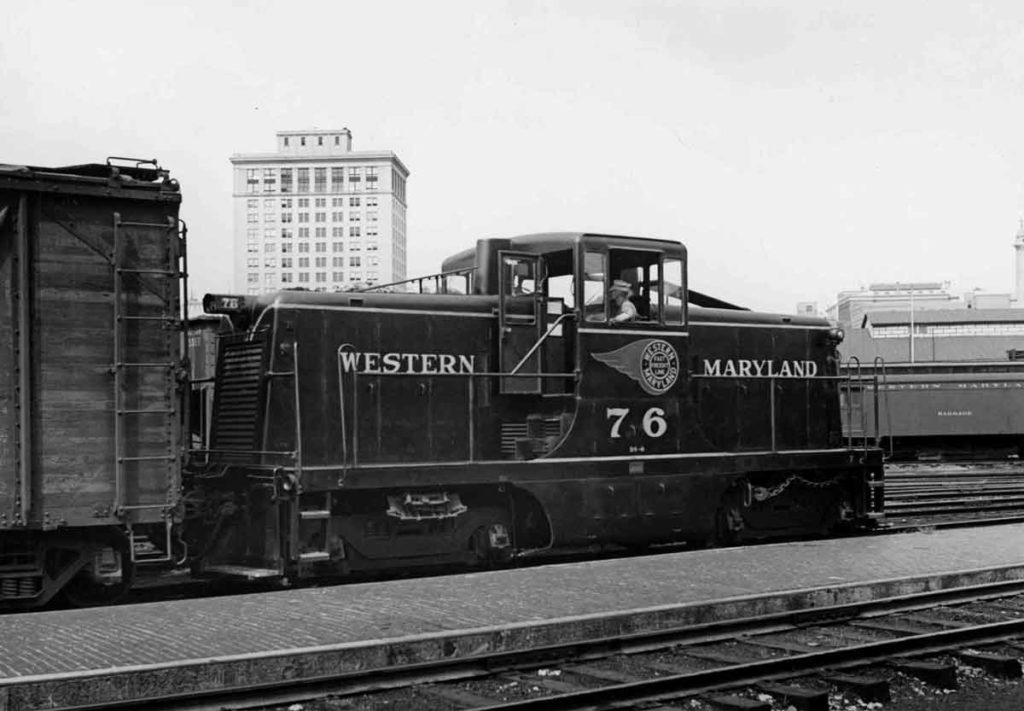
Western Maryland 76, one of two GE 44-tonners the road had, both built in 1943, does some switching at WM’s Hillen Street terminal in Baltimore in July 1948. H. A. McBride photo […]
Read More…
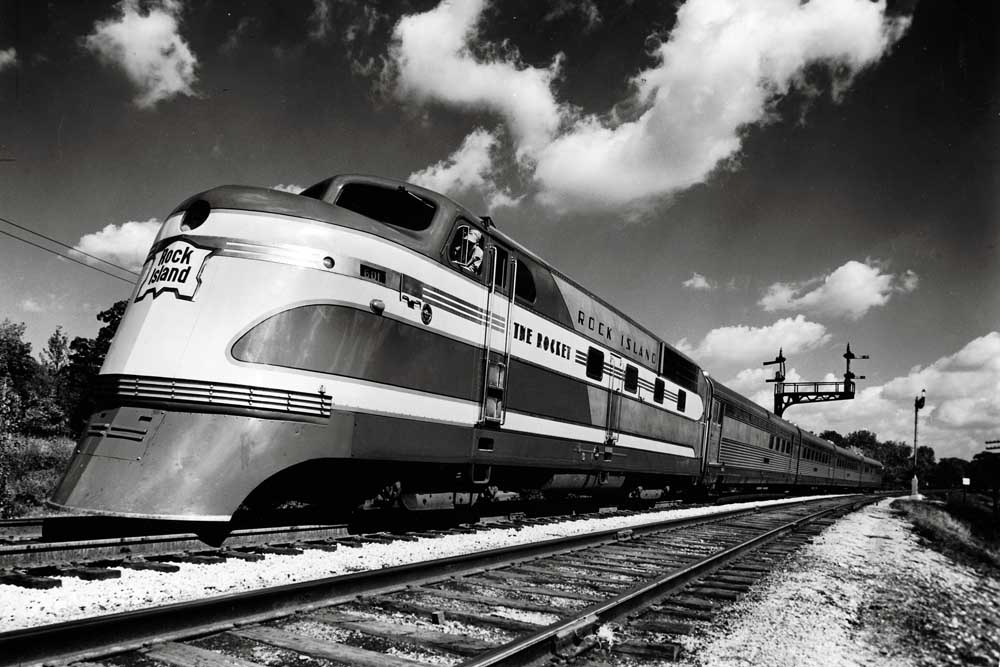
To say that the Chicago, Rock Island & Pacific Railroad (Rock Island) was in a financial slump by the 1930s is an understatement. The 30 years of mismanagement followed by the Great Depression took its toll. To revitalize the railroad, incoming CEO Edward M. Durham embraced the streamlined train craze, adopting the fitting name “Rocket” […]
Read More…
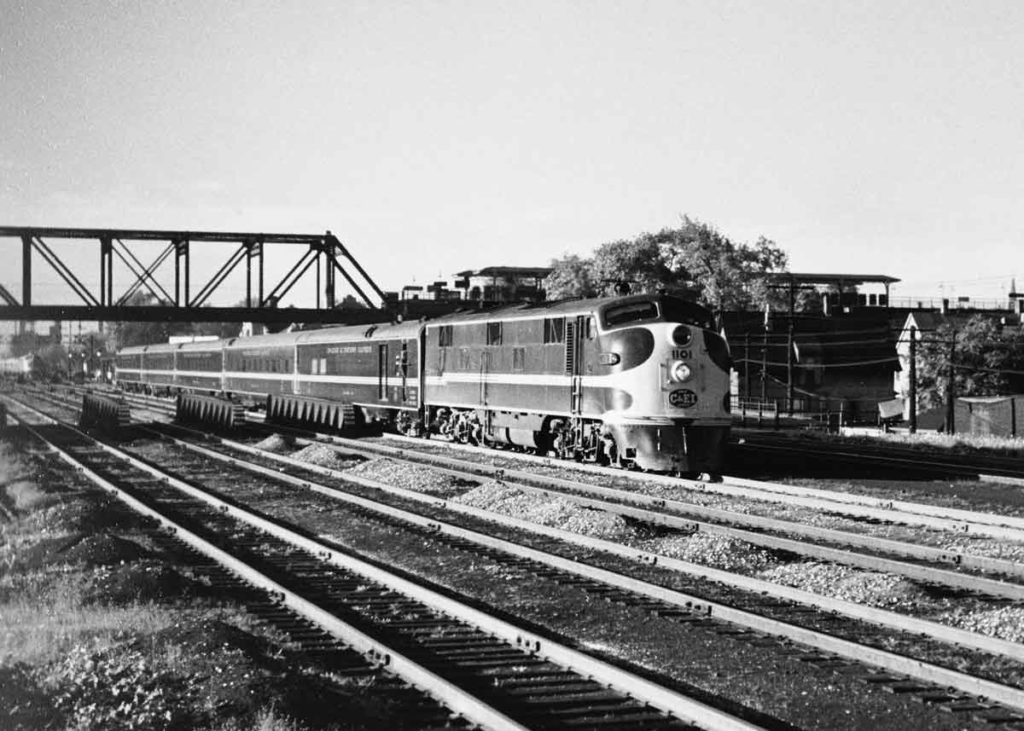
E7 diesel 1101 leads Chicago & Eastern Illinois’ southbound Meadowlark at 63rd Street station (“Little Englewood”), Chicago, in the late 1940s. The obscure orange-and-blue streamliner terminated at the unlikely location of Cyprus, Ill. (population 300). William N. Clark photo […]
Read More…
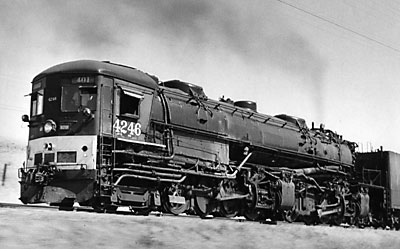
In 1928, the Northern Pacific went shopping for a locomotive that could eliminate doubleheading on the eastern end of its Yellowstone Division between Mandan, N.Dak., and Glendive, Mont. NP’s line through the Badlands had a series of long grades in both directions that made helpers impracticable and had long been one of the railroad’s operational […]
Read More…
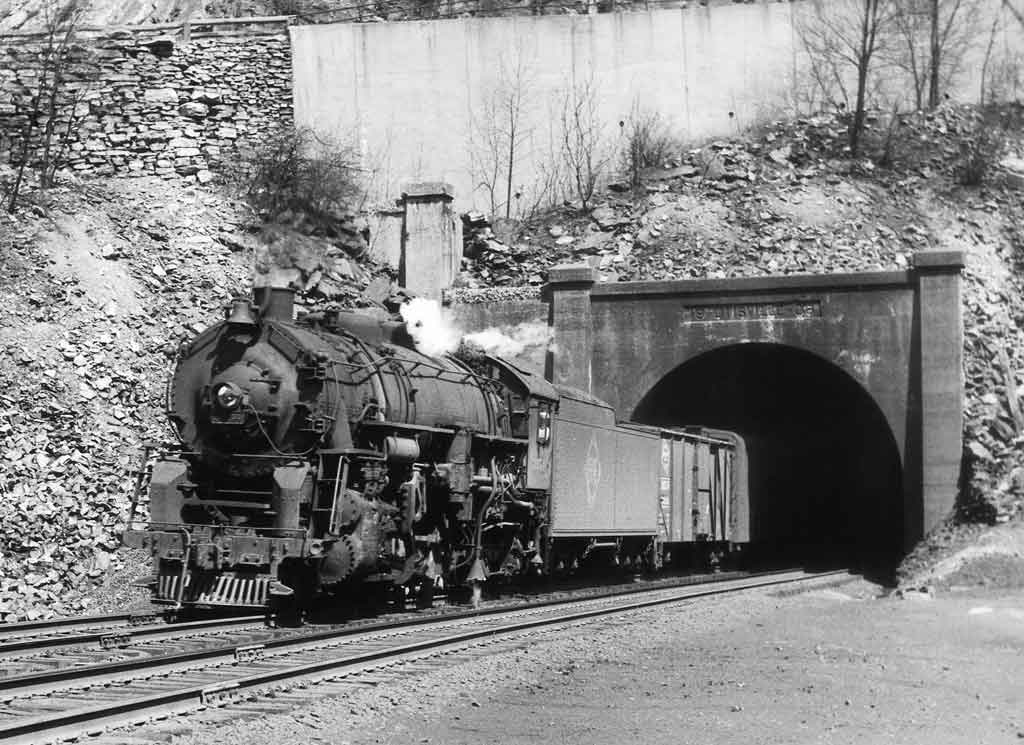
The concrete west portal of Erie’s Otisville (N.Y.) tunnel — from which a Berkshire-powered freight emerges — is fairly simple, but with pilasters and the inscription “19–OTISVILLE–08” in embossed lettering overhead. Note the early installation of welded rail on the eastward track. Wayne Brumbaugh photo […]
Read More…












